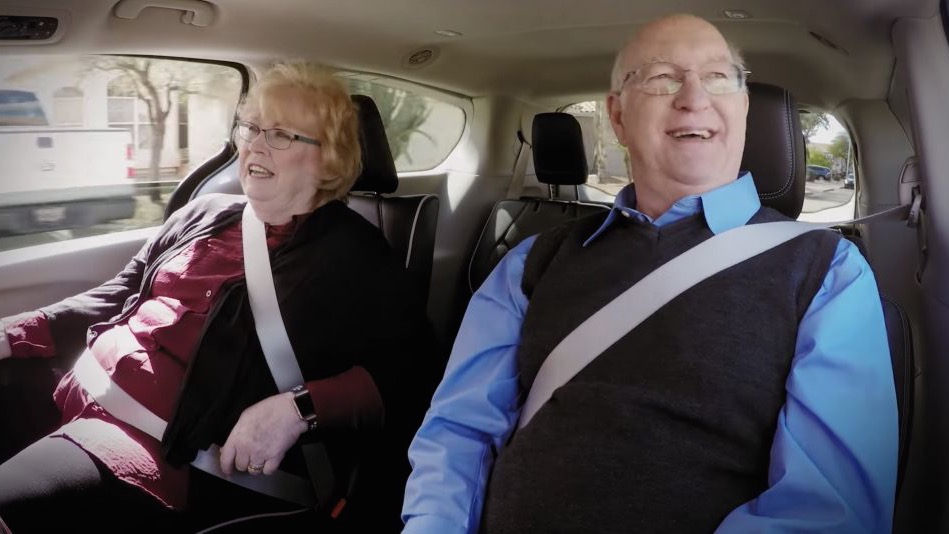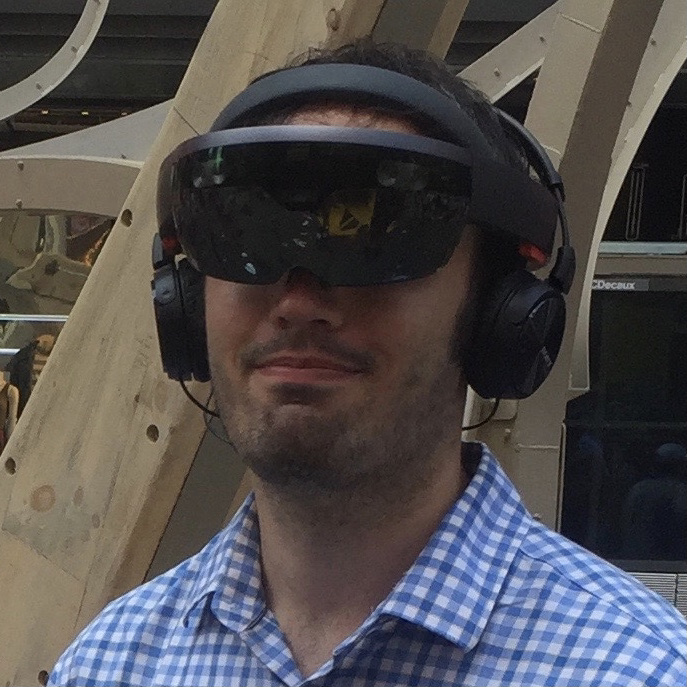Here's what it looks like to ride inside a Waymo self-driving car
Waymo is thrilled that passengers yawned and even fell asleep

Riding in a car piloted by an invisible AI might sound like a thrilling, disquieting experience. But for the people of Phoenix, Arizona who volunteered to ride in Waymo’s self-driving cars, the experience started out thrilling but ended up relaxing – even boring.
At this year's SXSW, Waymo CEO John Krafcik showed a short video of the company's Early Rider program volunteers hopping into driverless Chrysler Pacifica minivans that taxied them to their destination.
The riders start out perfectly delighted to see the car turning and accelerating on its own, raving that this experience represented “the future”. But after some time, they started to pull out their phones, yawn and, in one rider’s case, fall asleep.
Evidently, from an inside perspective, riding with a driver who can’t talk to you and is trained to strictly obey all traffic laws gets a bit monotonous.
Krafcik, on the SXSW stage, said that for Waymo employees watching the footage, “the most rewarding things were the yawns and the fellow that fell asleep.”
The video is the latest in Waymo’s campaign to get the public to trust self-driving cars. Most recently, the Alphabet-owned company showed off a video of what self-driving cars 'see' to stress how the AI will avoid people and obstacles at all costs.
Making self-driving tech seem routine
While these Phoenix volunteers willingly accepted the premise of driverless vehicles, many people may never feel comfortable with trying them out unless they hear through word of mouth that the process is safe.
Get daily insight, inspiration and deals in your inbox
Sign up for breaking news, reviews, opinion, top tech deals, and more.
Once people do go for a ride in a self-driving car, however, this video seems to indicate that they’ll quickly lose their phobias of an empty driver seat.
Waymo’s PR campaign may have a bit of an uphill climb. Waymo’s AI tech tends to have the fewest accidents and disengagements, but any accidents attributed to other companies like Uber could generate a general feeling of distrust for all self-driving cars.
Another interesting implication (in relation to disengagements) is that Waymo's video shows that humans sitting in the driver's seat of self-driving cars may not be trustworthy as a good backup to an AI. They're liable to get so comfortable and used to tedium that they won't be watching the road in moments of crisis.
For now, Waymo is also focusing on improving its AI driver’s experience by growing its Chrysler fleet and expanding to other US cities like Atlanta. Waymo’s AI has driven five million miles on US roads so far.
- We've ridden in a fully self-driving car before: here's what it was like
Michael Hicks began his freelance writing career with TechRadar in 2016, covering emerging tech like VR and self-driving cars. Nowadays, he works as a staff editor for Android Central, but still writes occasional TR reviews, how-tos and explainers on phones, tablets, smart home devices, and other tech.
